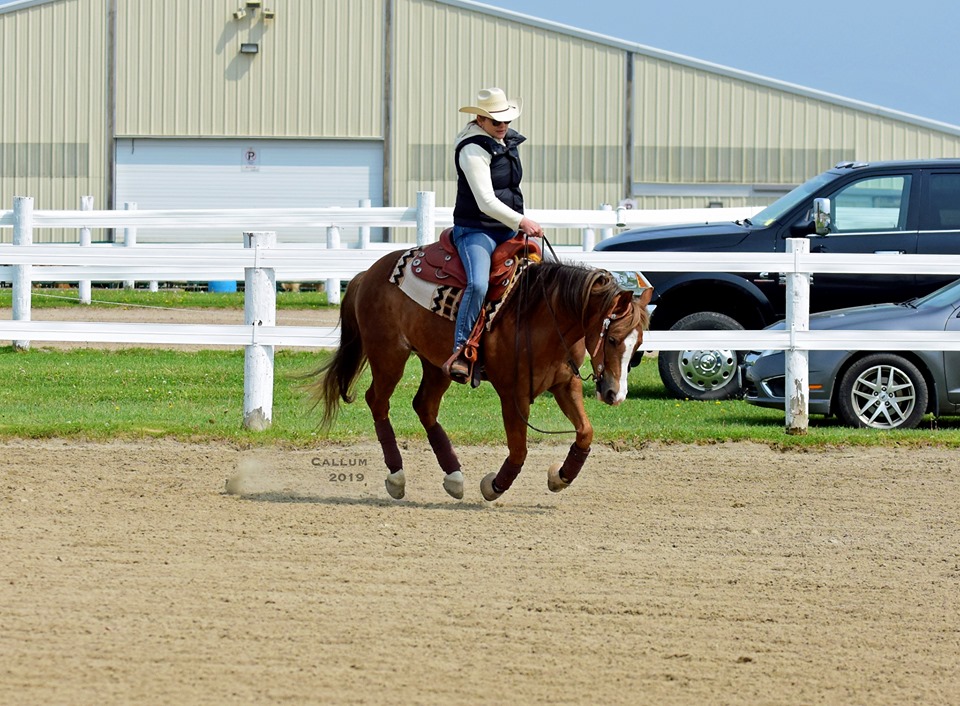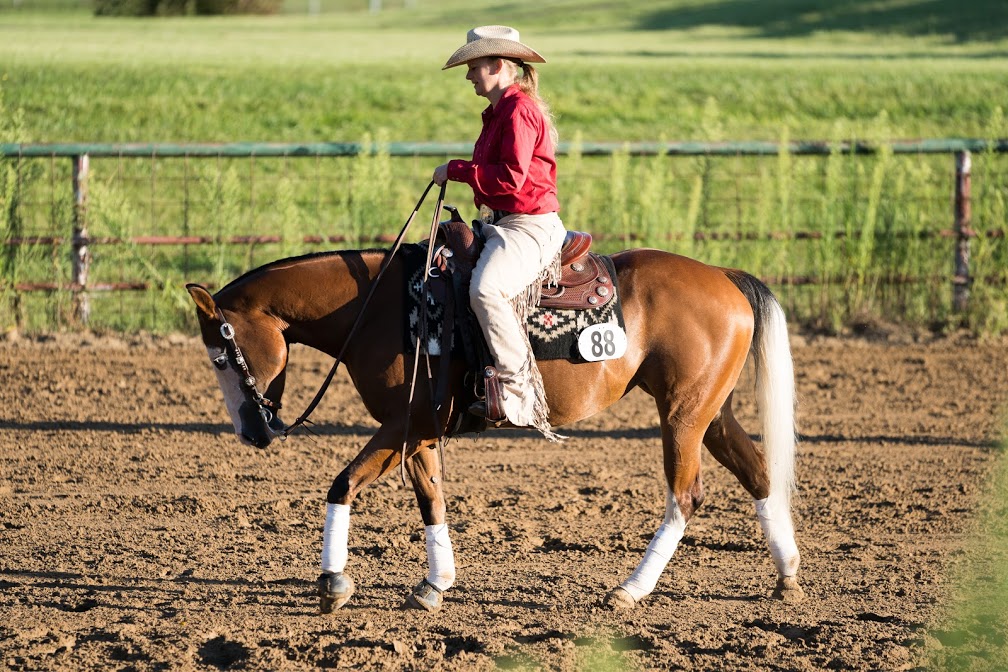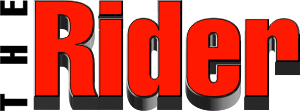
Insiders Guide: Horse Diagnostics
Pro and Non-Pro articles written by Jen Jonas of Jonas Performance Horses (Pro) and Sharon Jones of Be A Better You (Non-Pro).
Together, they are J&J Reining Inc. Both Jen and Sharon are believers in continual learning – if you’re not learning you’re not growing.
 Sharon: We don’t think twice about taking our motors in for a check-up. Mechanics have a process they go through, to make sure your vehicle is tickety-boo.
Sharon: We don’t think twice about taking our motors in for a check-up. Mechanics have a process they go through, to make sure your vehicle is tickety-boo.
How often do we do this with our horses? Maybe this particular 4-legged vehicle with aromatic emissions may need some tweaking to perform optimally.
Now it’s winter we can check in with our horse. Is Mr (or Mrs) Ed quite as broke as they should be? Does my horse fully and truly have a solid foundation?
My horse is 5 and not the most talented in the world, she’s also part squirrel. I need to know if I have her focus before we get anything accomplished.
Once we’ve lunged and we’re ready to ride, I get on and ask for her head to one direction. Is she resisting the bit? I hold until she gives finding her release point, then I release.
 Now, does she want to boot off into the distance or is she waiting for me to give her the green light? Could I send an email when sitting on her back? She’s great at this as we do it all the time.
Now, does she want to boot off into the distance or is she waiting for me to give her the green light? Could I send an email when sitting on her back? She’s great at this as we do it all the time.
I pick up the reins and squeeze with my calves signalling her to move ahead. How much pressure do I need to apply to get a response? Is she waiting for me to tell her which way to go or is she wandering around like a drunk person at a party?
I pick up my hand to see if her chin is soft, if it is I put my hand down, and I now want to test my indicators. Going to the left I pick up my hand slightly and put the rein against her neck – how does she respond? Is there a time lag or is she pushing on that rein? I do the same to the right. I then pick up the jog and do the same thing, testing my indicators. Now it’s time for the brakes. Does she respond to each cue separately (seat, voice, reins), if not then we work on those. Then we move into this exercise from Jen.
Jen: I start with transitions in all three gaits. This is where you can tell if your horse is listening to your body.
Start at the walk to trot – they should be soft in their face as they go from the upward transition (trot) to the downward transition (walk). In this exercise you want to keep them moving forward up into the bridle with the feeling of their energy going forward not leaking out their sides (leaning on your leg either with rib or hip).
I will work on this until I feel them softening in my hand and responding to the transition just with my seat.
Next, I bend my horse in a circle to see if they are soft in the flexion, and moving forward in a rhythmic gait. I will change the direction of the circle and keep my flexion, so if I was circling to the right I would change to the left circle and keep the right flexion – this is counter flex. I go back and forth in my circles with flexing and counter flexing until I feel the transition is seamless and the horse is soft in my hand with no resistance, and nice cadence.
When first starting this exercise make your circles large so your horse can adjust to what you are asking of them. As they begin to understand and get soft in this exercise, you can make your circles smaller to challenge the flexion. By doing this until you get a light feel in your hands it will make any maneuver easier for your horse. I love this exercise - it makes a horse that much nicer to ride!


